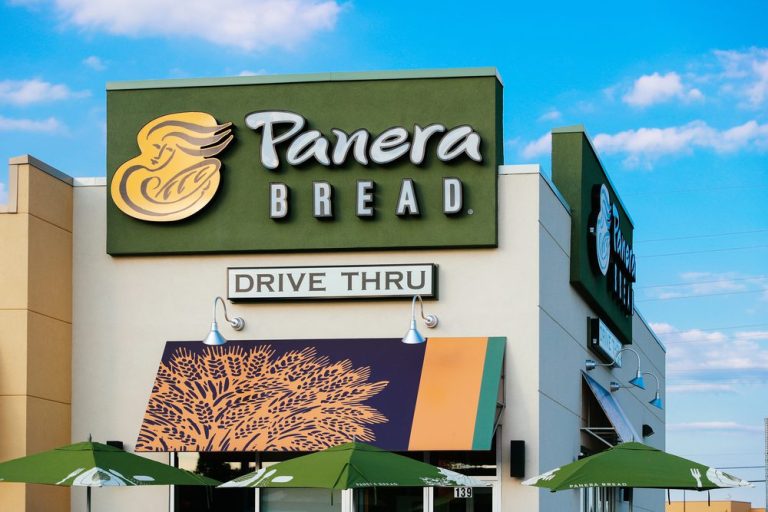This Time Around, Amazon’s Restaurant Strategy May Be Easier to Swallow

The old saying in hockey is to skate to where the puck is going to be.
The old maxim in business and in life: If at first you don’t succeed, try try again.
For Amazon, we’re seeing a combination of those strategies distilled as it moves more fully back into the restaurant space.
The stars may be aligned for success here — after an earlier, abandoned attempt to do so — primarily because of how the connected economy has evolved, linking hardware, loyalty, and new payment methodologies.
As reported Wednesday (March 29) Panera Bread has announced that loyalty members can leverage Amazon to get the food they want — ordering by voice or touch via Amazon’s Alexa. And elsewhere, as we noted last year, Amazon has linked with Grubhub in a pact that would give the eCommerce powerhouse a 2% stake in the aggregator, which could grow to 15%. And under the terms of the joint efforts, Amazon had offered free one-year Grubhub+ subscriptions to Prime members.
The Panera news comes as the latest salvo of garnering presence with restaurants. Amazon partnered with Domino’s, where Echo-ordering capability has been in place since 2016 and Pizza Hut signed on in 2016.
Not Just Deliveries
Amazon Restaurants, which had a brief run in the middle of the last decade and shut down in 2019, offers up some lessons as the firm moves back into the space. In the years leading into and through the pandemic, the food delivery space became crowded — so much so that many aggregators, jostling for the same share of wallet and restaurant loyalty, had to consolidate just to stay alive.
By the middle of the pandemic, we’d seen a wave of mergers, and JustEat, last year, was in search of a way to offload Grubhub. In a noted contrast to some of the aggregator pressures, Uber Eats has been thriving, as deliveries in the most recent quarter were up 14% year on year. Research from the PYMNTS’ Connected Dining study, “Connected Dining: Rising Costs Push Consumers Toward Pickup,” which draws from a survey of more than 2,100 U.S. consumers in January, finds that 10% of consumers reported having ordered their last restaurant meal from delivery. This share was up significantly from 7% just the month before, according to respondents.
A Different Play on Brick and Mortar Commerce
For Amazon, by bringing the hand scanners into the picture at Panera, the onus is not simply on delivery but on capturing loyalty among its customers — and with the restaurants — in true omnichannel fashion.
The Amazon One technology has been around for a while, since 2020. But as we reported here, the company is rethinking its grocery model. Combining biometrics and card credentials may find wider acceptance in the QSR setting.
And for Amazon, of course, this is a case of skating where the puck is heading. Amazon’s been putting the stakes in a variety of stomping grounds — going head to head against the likes of Walmart in grocery (and even healthcare) — but that arch-rival (and others) have a significant presence in those verticals. The palm-scanner-as-payment option gives Amazon a physical berth without owning the physical store. And as we’ve reported, memberships and loyalty can be the key drivers of keeping consumers spending even as they grapple with inflation and re-considering which transactions are discretionary or not.